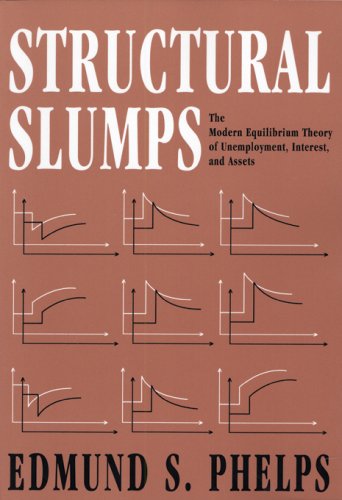Long periods of high unemployment have dogged the United States and Western Europe since the early 1970s and most of the well-developed members of the global economy are in another such period now. Dissatisfied with the explanations put forth by the Keynesian, monetarist, New Keynesian and neoclassical schools, Edmund Phelps has constructed a new series of models that account for the phenomenon of long-term slumps in terms of structural forces. Phelps sees long swings in the unemployment rate as typically the result of movements of the equilibrium rate of unemployment, rather than of deviations around an equilibrium rate that is impervious to external shocks. His theory is based partly on the recent economics of wage settling, in particular the so-called efficiency wage mechanism, whereby firms pay workers a premium to discourage quitting or shirking. It is also based on the behaviour of interest rates through which exogenous supply or demand shocks, such as shifts in profitability, savings, productivity, or population growth rates, impact on the demand for labour.
Phelps builds three small micro-macro models, each one capturing a distinct kind of asset of firms important for their hiring decisions, that collectively provide a structuralist "story" of how the equilibrium unemployment path is determined. In an econometric and historical section the new theory of economic activity is submitted to various empirical tests against global postwar data. The author then draws from the theory some suggestions for government policy measures that would best serve to combat structural slumps. The book should interest economists, particularly macro-economists, labour economists and open-economy specialists.
- ISBN10 0674843738
- ISBN13 9780674843738
- Publish Date 1 January 1994
- Publish Status Out of Print
- Out of Print 11 June 2010
- Publish Country US
- Imprint Harvard University Press
- Format Hardcover
- Pages 440
- Language English
